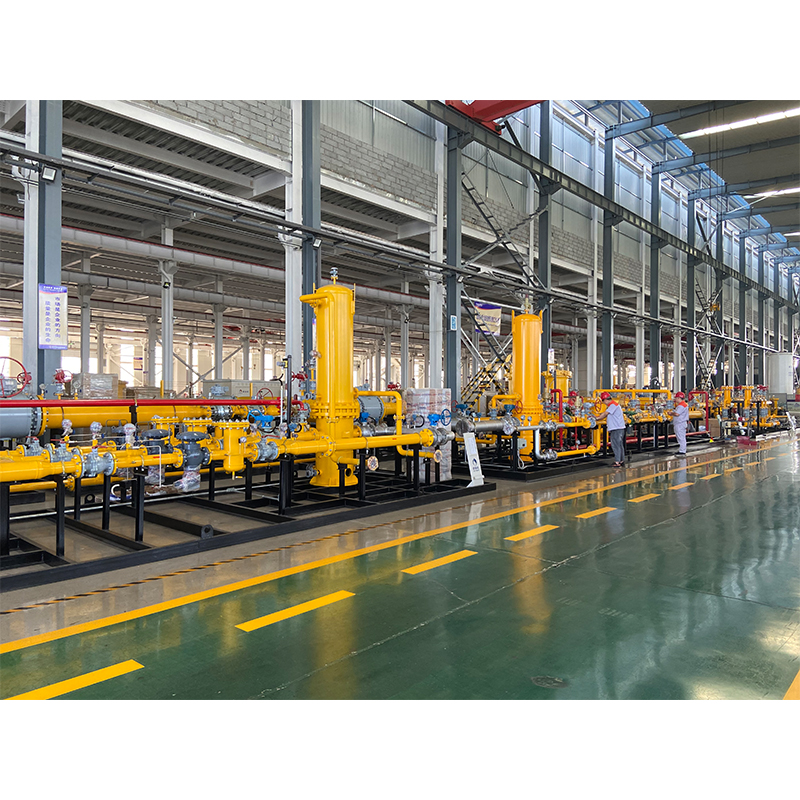
Oct . 03, 2024 17:24
Back to list
natural gas safety valve
Understanding Natural Gas Safety Valves
Natural gas is one of the most widely used energy sources in homes and industries worldwide. It is valued for its efficiency and relatively clean-burning properties. However, with the advantages of natural gas come significant safety concerns, making the utilization of safety devices, such as safety valves, critical in preventing accidents and ensuring safe operations.
A natural gas safety valve is an essential component of any gas system. It serves as a crucial safety mechanism designed to protect against excess pressure and potential leaks. The primary function of these valves is to automatically relieve pressure in case it exceeds safe operating levels, thereby preventing dangerous situations such as explosions or fires.
How Do Safety Valves Work?
Safety valves are typically installed in gas pipelines, storage tanks, and other equipment where natural gas is utilized. They operate on a simple principle when pressure inside a system rises above a preset limit, the safety valve opens to release the excess pressure. This action minimizes the risk of structural failure, mitigating the possibility of catastrophic events.
There are several types of safety valves, including spring-loaded and pilot-operated valves. Spring-loaded safety valves are the most common. They consist of a spring that holds the valve closed until the pressure exceeds a specified threshold, at which point the spring compresses, and the valve opens. Pilot-operated valves, on the other hand, use a small pilot valve to control the opening and closing of a larger valve, providing enhanced control over larger volumes of gas.
Importance of Regular Maintenance
natural gas safety valve

Regular maintenance of natural gas safety valves is essential to ensure their proper functioning and longevity. Without regular checks, valves can become clogged or fail due to wear and tear, which can render them ineffective in a crisis. Maintenance typically includes periodic inspections, testing, and necessary repairs or replacements of components.
Industry standards often dictate specific maintenance schedules. Adhering to these recommendations is crucial for safety. In addition to routine maintenance, operators should remain vigilant for signs of wear or malfunction, such as unusual noises, leaks, or difficulty in opening or closing the valve.
Compliance with Regulations
Natural gas safety valves must comply with various industry regulations and standards, which are designed to ensure the safety of gas systems. These regulations mandate the installation of safety devices and the adherence to specific safety practices. Compliance is not only a legal obligation but also a vital aspect of protecting personnel, property, and the environment.
Conclusion
Natural gas safety valves play an indispensable role in the safe use of natural gas, whether in residential settings or industrial applications. By effectively managing pressure levels and preventing leaks, these valves significantly reduce risks associated with natural gas usage. Regular maintenance and adherence to safety standards are crucial to ensure the reliability of these vital safety devices. Ultimately, prioritizing the proper function of safety valves not only ensures compliance with regulations but also protects lives and property against the potentially hazardous nature of natural gas.
Latest news
-
Safety Valve Spring-Loaded Design Overpressure ProtectionNewsJul.25,2025
-
Precision Voltage Regulator AC5 Accuracy Grade PerformanceNewsJul.25,2025
-
Natural Gas Pressure Regulating Skid Industrial Pipeline ApplicationsNewsJul.25,2025
-
Natural Gas Filter Stainless Steel Mesh Element DesignNewsJul.25,2025
-
Gas Pressure Regulator Valve Direct-Acting Spring-Loaded DesignNewsJul.25,2025
-
Decompression Equipment Multi-Stage Heat Exchange System DesignNewsJul.25,2025

